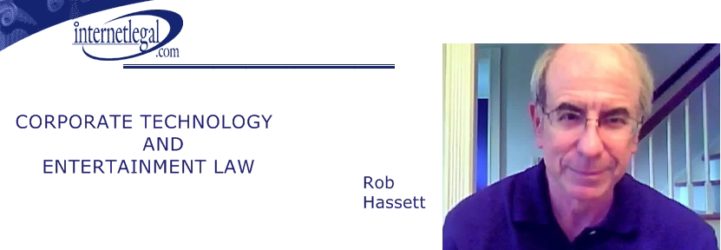First Published in the Fulton County Daily Report in May of 2010
by Rob Hassett
Congress should enact legislation that discourages executives of financial firms and funds that are not regulated by the FDIC or other agencies from incurring unacceptable risk. Otherwise those unregulated financial firms are going to repeat the behavior that resulted in the collapse of Bear Stearns, Lehman Brothers and others.
During the week of May 3, 2010 James Cayne, the former chairman and chief executive officer of Bear Stearns, was quoted as saying in testimony before the congressionally chartered Financial Crisis Inquiry Commission:
[Bear Stearns’ collapse] was due to overwhelming market forces that Bear Stearns [could not survive].
Bear Stearns’ collapse was not only unavoidable but was inevitable. Bear Stearns’ business model, which is typical of financial firms and hedge funds, was to borrow many times the value of its equity mostly in overnight markets at low short term interest rates and place the money in long term investments at higher rates. I have seen reports that its ratio of assets to equity was over 35 to 1 before the collapse began. As a result of carrying so much leverage, its profits were immense. For example, with that ratio, if its investments paid 1% more than what it paid to borrow money, as a result of the high leverage, its profit on its equity investments, before compensation to employees, would equal about 35% per year. Each year the high level employees would receive very high compensation based on the huge profits.
Everything worked well so long as investments paid off at least marginally better than what was paid to the overnight lenders and the overnight lenders were comfortable renewing the loans. Of course even wise investments are not always successful and with such high leverage it was inevitable that at some point something would go wrong and the overnight lenders would refuse to renew their loans causing Bear Stearns to collapse.
Other Wall Street firms like Goldman Sachs also had outrageous asset to equity ratios, just not anywhere close to as high as Bear Stearns. Goldman Sachs survived because it was like two hunters being chased by a bear. Neither hunter has to run faster than the bear just faster than the other hunter. Likewise, Goldman Sachs just had to survive long enough for the government to be sufficiently shaken up by the failure of other firms to bail out the firms that remained.
The Wall Street firms and hedge funds that are not regulated are still operating under the same business model that resulted in the meltdown, although, for now, less aggressively. If things continue as they currently are, the incentive to increase leverage will inevitably result in another collapse, probably worst than the last one. To avoid another collapse, the incentives should be changed.
I suggest that Congress consider one or more of the following: (1) require any financial firm or hedge fund above a certain size, not already regulated, with an asset to equity ratio above a set number for more than thirty (30) consecutive days to pay a percentage of its annual profits, plus compensation above a set amount per employee, into an insurance fund to protect other parties in the event of a default, (2) provide that executives in any such firm or fund, which reaches an asset to equity ratio of greater than a set number for more than thirty (30) consecutive days to be personally liable to the extent of their compensation above a minimum amount for that year.
Taking steps like the ones suggested would create incentives for financial firms and funds to avoid taking on excessive debt as compared to their equity and thereby help avoid another financial crisis.
Rob Hassett is an attorney in technology, entertainment and corporate law with the Atlanta law firm of Casey Gilson P.C.

